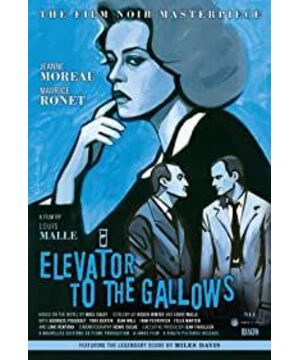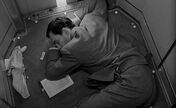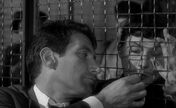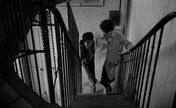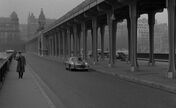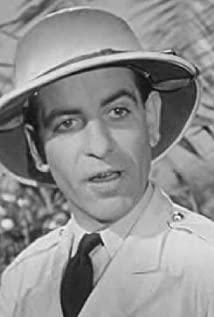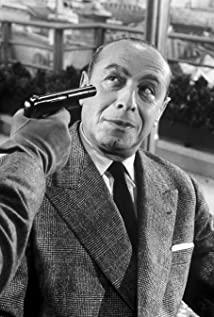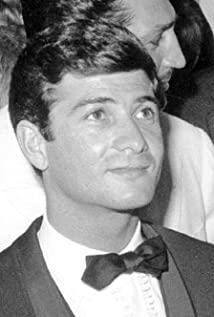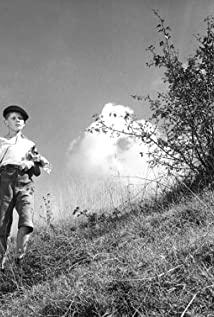example, a man uses a rope with an iron hook to climb the outdoor balcony, and the elevator escapes- "Death Convict Escape"; the woman's inner monologue and the fading voice of the footman-"The Diary of a Country Priest"; the man points a gun Behind the boss, young people shot German tourists to death-"The Tame Woman"; the camera movement of men getting up ••••
Hitchcock style For
example, the thrilling creation of a man hanging on an elevator rope and almost falling to the ground; unknown third party (car theft young men and women) in the mix, making the plot thickens - "Family plot"; meaning at any time according to the director sounded the thunder - "Ma Erni" ••••
Trysil For
example, a woman walking alone on the road, monologues-"Gun Shot The Pianist"; outside of crime, the protagonists' persistent desire for love-"Deception" (the consistent attitude towards the theme of love makes Louis• Mahler and Truffaut showed their unique creative style as French film directors, which is completely different from Hitchcock's style, so that "Deception of Marriage" makes people feel like a sword and a coincidence. The crime film suddenly jumped to the literary film. Truffaut did not harmonize crime and the French style of dealing with love until "The Murder in Love". From this level of analysis, it can also be seen that only Cruzo and Hitchcock are the only ones. The jazz music that has been praised in this film is actually superfluous. For this reason, the film has become a hybrid of different styles and a very distorted "four not likeness" adding a strong stroke.)•••
Bunuel For
example, the sound of female staff wringing pencils instead of gunshots-"The Prudent Charm of the Bourgeoisie"
The heroine starring Jeanne Moreau is at the helm of the French literary style of the film. Her inner monologue and Walking alone on a rainy night is the proof. It was only when she went to the iron gate of the company downstairs to vent her desperate emotions, and was quickly interrupted by the little girl and left; she asked for the accommodation of two young men; downstairs called the police station and followed the young men to the hotel , These again show the route of the Hitchcock-style suspense film. When at the end she began to mutter to herself about the "moth to fire" love with the male protagonist, the mood of the film was obviously drawn into the atmosphere of a literary film.
It was on the same rainy night that women's roles accounted for a large proportion. In the elevator, which was originally cramped but not out of space for development, the role of men became even weaker. Here the tour guide mixed Bresson's temperance and Hitchcock's suspense. If only the lens language of the former is perfectly combined with the story setting of the latter, it is clear that the director of the film misunderstood Bresson and did not learn Hitchcock's technique home. Of course, Hitchcock's lens language is also very good, but his films are more meticulous and complete story layout and structure, which is like flesh and blood in the framework of lens language. But there are only two not-so-strong thrills in this film: the arrival of women and the arrival of guards-Hitchcock-style stories are not about not pursuing realism, but turning the impossible into reality. Really have to study hard. When the man came to the cafe early in the morning, he was recognized by the little girl. This is a typical Hitchcock technique, but the scene of the interrogation is reflected by a certain Fritz Lang or other talented directors with speculative talents. Out of style.
Another area that occupies a lot of space is the relationship between young men and women and German tourist couples in the hotel. From the encounter between the four and the escape after the final murder of the young man, the film technique is a combination of Hitchcock and French techniques. The latter is also reflected in the use of fast-paced cutting narrative techniques and the scheduling of scenes when characters are talking. The fusion did not bring surprises and surprises, only the viewer's feelings were unbelievable to a certain extent. Obviously, the director of the film did not very concisely learn the essence of other directors' styles or techniques. For example, young men standing in front of the window listening to the girl’s ridicule on the bed, such meaningful scenes quickly come to an abrupt end, American-style delicate psychological paving (the loneliness of the heroic feelings of the young men), showing or suggesting that the line is broken, and Beat the French way to show that the tragedy happened (killing the tourists).
When the police were investigating the crime scene, the person in charge made a statement; then the two detectives interrogated the male protagonist at the police station. These two scenes are very ridiculous and ridiculous, and they are generous. However, the detectives questioned the heroine at the police station and appeared in the dark room of the hotel at the end of the movie. This is a very typical French way of portraying the character of the detective: in the orthodox movie, they are very smart and capable, and the police in other places. There are so many differences.
Fans of the above directors will definitely be disappointed when they see this film, because Louis Mahler has almost parodied their methods; but there are also viewers who have become Louis after watching the film. Mahler's fans.
View more about Elevator to the Gallows reviews


